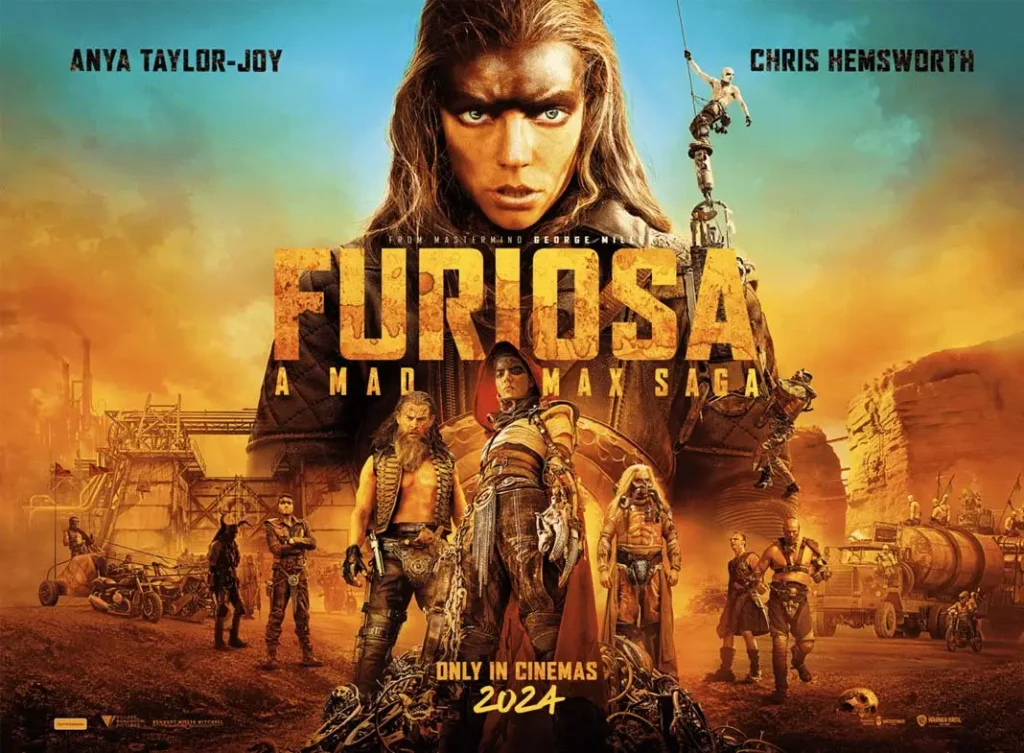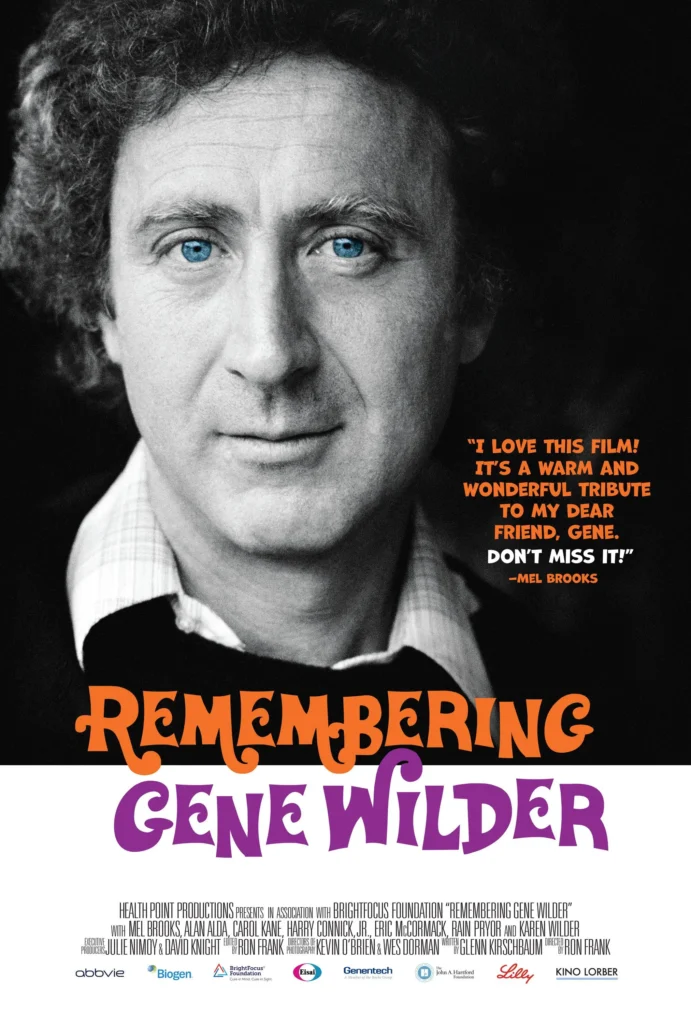
June Staff Picks
Words By F(r)iction Staff
Ari Iscariot
Furiosa: A Mad Max Saga
When going to see a George Miller action film, you might be expecting flawlessly executed fight scenes, stunning scenic shots, and colors so bright they feel edible. Miller’s Mad Max films are a beautiful and brutal visual experience, a reprieve in a cinemascape inundated with darkness and flat, unimaginative lighting. They are known for their visual worldbuilding, their to-the-point, poignant plots, and their absolutely break-neck pace. But perhaps what you aren’t expecting from Miller’s vicious, post-apocalyptic wasteland is a message of hope, and the gentle, spring green love that helps it to bloom.
Furiosa: A Mad Max Saga is, at its core, a character-centered story. Slower than its predecessor, it is no less gruesome or exhilarating, but its darkness is deeper, sadder: the grief of an orphaned girl separated from her home, and subjected to the whims of madmen. Furiosa, in her suffering, has every right to be as ugly and as cruel as the world that raises her, but time and time again, we watch her choose a kinder path. Choose to trust. Choose to offer salvation, and to become the woman we know from Mad Max: Fury Road. This is no more obvious than in the relationship she shares with Praetorian Jack, the legendary driver of the War Rig, and Furiosa’s best hope to find her way home.
This movie doesn’t contain an excess of dialogue, in fact, the only one who speaks incessantly is Dr. Dementus: the hateful, hilarious, and begrudgingly pitiful antagonist of young Furiosa. But what the movie doesn’t say with words, it shows with deeds. In the midst of the ravages of the desert and beneath the dirty greed of men, Furiosa and Jack grow something as precious as the bountiful abundance of her home. Through their trust, their intimacy, and their hope to escape together, they defy a universe that expects them to be apathetic, selfish, ignoble. Through her, Jack is redeemed. Through him, Furiosa holds tight to her humanity. This connection is not physical, as far as the audience sees. They share a single moment of closeness, foreheads knocking, lips murmuring “My Fury,” “My Jack.” But there is no need for declarations, passionate kisses, or overblown displays of sexual prowess. There is only Miller’s brilliant ability to render a message of self-sacrifice in the midst of gunfire and explosions. There is only Jack and Furiosa, choosing each other over safety, freedom, and escape. There is only hope in every action they take, which reaffirms their love in the wasteland. You are my green place.
“In the process, we find them, relinquishing their own self interest, one for the other. What follows is, through their actions, not their words, their promises to each other, but through their actions, that they actually are prepared to give themselves entirely to the other. So in a way, it’s kinda a love story, in the middle of an action scene.”
—George Miller, ‘Furiosa’ | “Anatomy of a Scene”
Dominic Loise
A Fox in My Brain
The cover of A Fox in My Brain (FairSquare) say it is written, drawn, and experienced by Lou Lubie. The experienced part is why I connected with this graphic memoir about Lubie’s discovery and daily living with cyclothymia, which is a mood disorder from the bipolar family. “Bipolar disorder takes various forms, and cyclothymia, extensively addressed in A Fox in My Brain, is still quite unknown, suffering practically from a harmful delay in diagnosis,” as stated in the graphic novel’s post face by psychologist Isabelle Leygnac-Solignac.
It is Lubie’s perseverance through misdiagnosis that I related to in addition to how accurately she conveys mood swings, depression, and processing a relationship with another person. A Fox in My Brain is a graphic novel that I would hand to my partner, my family, and my friends to inform them of the experience of being misdiagnosed for your mental health and to share how someone with cyclothymia, bipolar 1, or bipolar 2 feels with a stigma society has created around the disorder.
Lou Lubie’s has a wonderful fluid art style, which works for the fox that represents Lubie’s cyclothymia. Her depression is as represented as a wolf, which comes out of the shadows as it lurks and growls when Lubie feels the disparity associated with depression. A Fox in My Brain is a truthful story about one person’s mental health awareness, which I honestly connected with.
Kaitlin Lounsberry
Remembering Gene Wilder
Growing up, I didn’t quite realize how much of a powerhouse Gene Wilder was in the film industry. I knew he was funny, I knew he was in all the movies I watched with my dad, but I didn’t realize just how special and influential he was until I was much older. Remembering Gene Wilder, a tribute documentary released in early 2024, features countless behind-the scene clips and interviews with those who knew Wilder most intimately. Though the documentary doesn’t follow the traditional, linear storytelling we’ve come to anticipate for films of this nature, it somehow makes sense for Wilder’s story to be told in such a manner. Most of Wilder’s creative genius is presented through the outrageous storytelling of Mel Brooks, but most special, is the inclusion of the narration of the now-deceased Wilder, providing an look into his world that only he could provide. We’re given insight into the creation of Young Frankenstein (my favorite film of his), Wilder’s transition into acting-direction, and bits and pieces of his personal life that make you feel further enamored with the powerhouse.
As a life-long Wilder fan, Remembering Gene Wilder captured much more than Wilder’s Willy Wonka and the Chocolate Factory and Mel Brooks fame. It showcased Wilder’s tenacity as a writer, his unique thought process while acting-directing, and his consistent desire to uplift and support up-and-coming actors in the industry. This documentary highlighted just how much of a powerhouse Wilder was and frankly continues to be years after his death in 2016.


